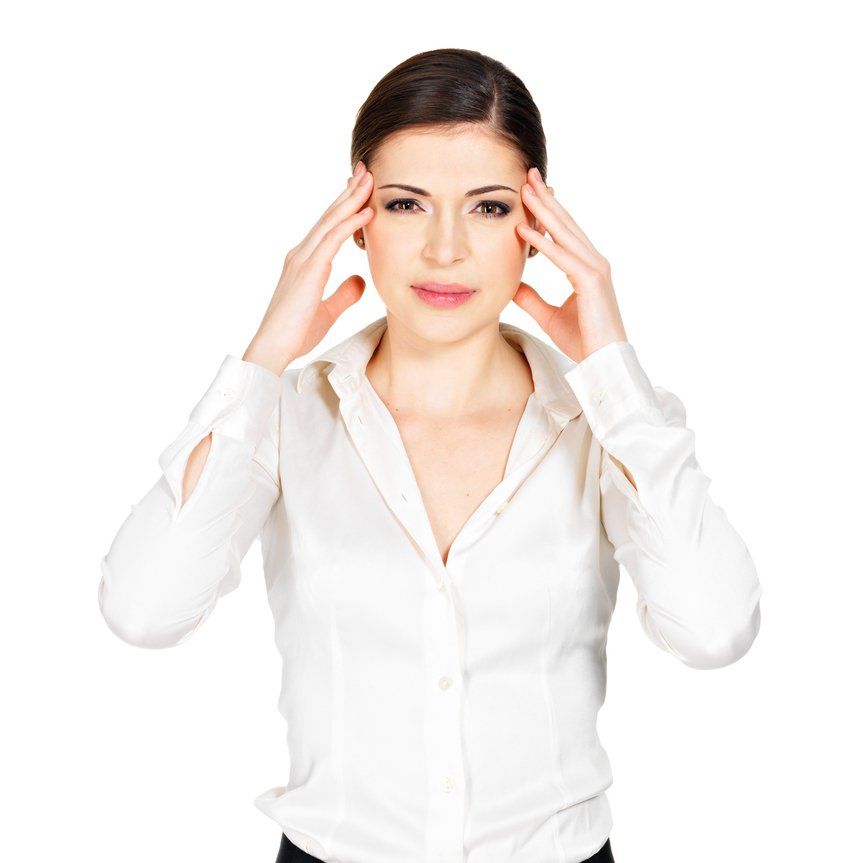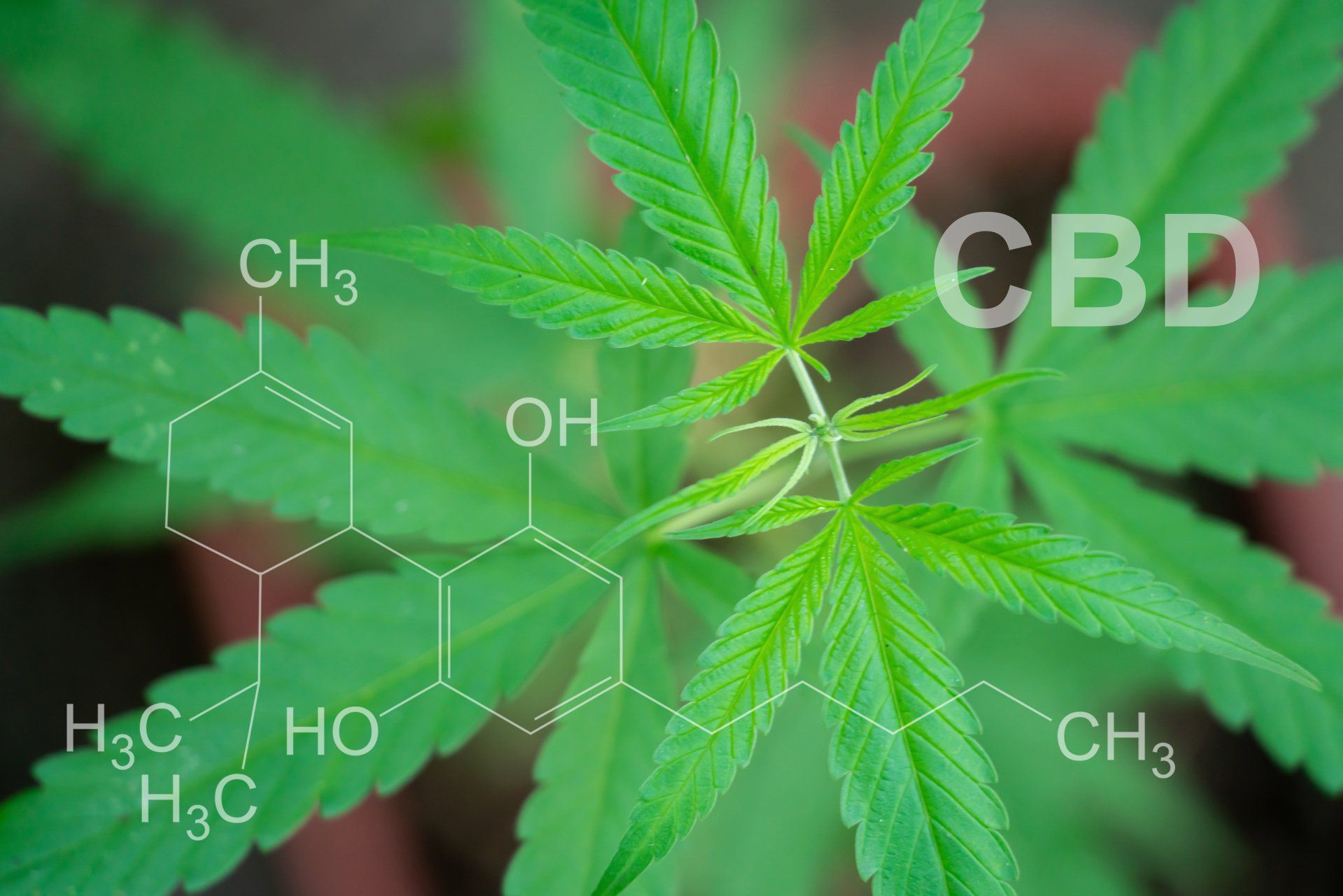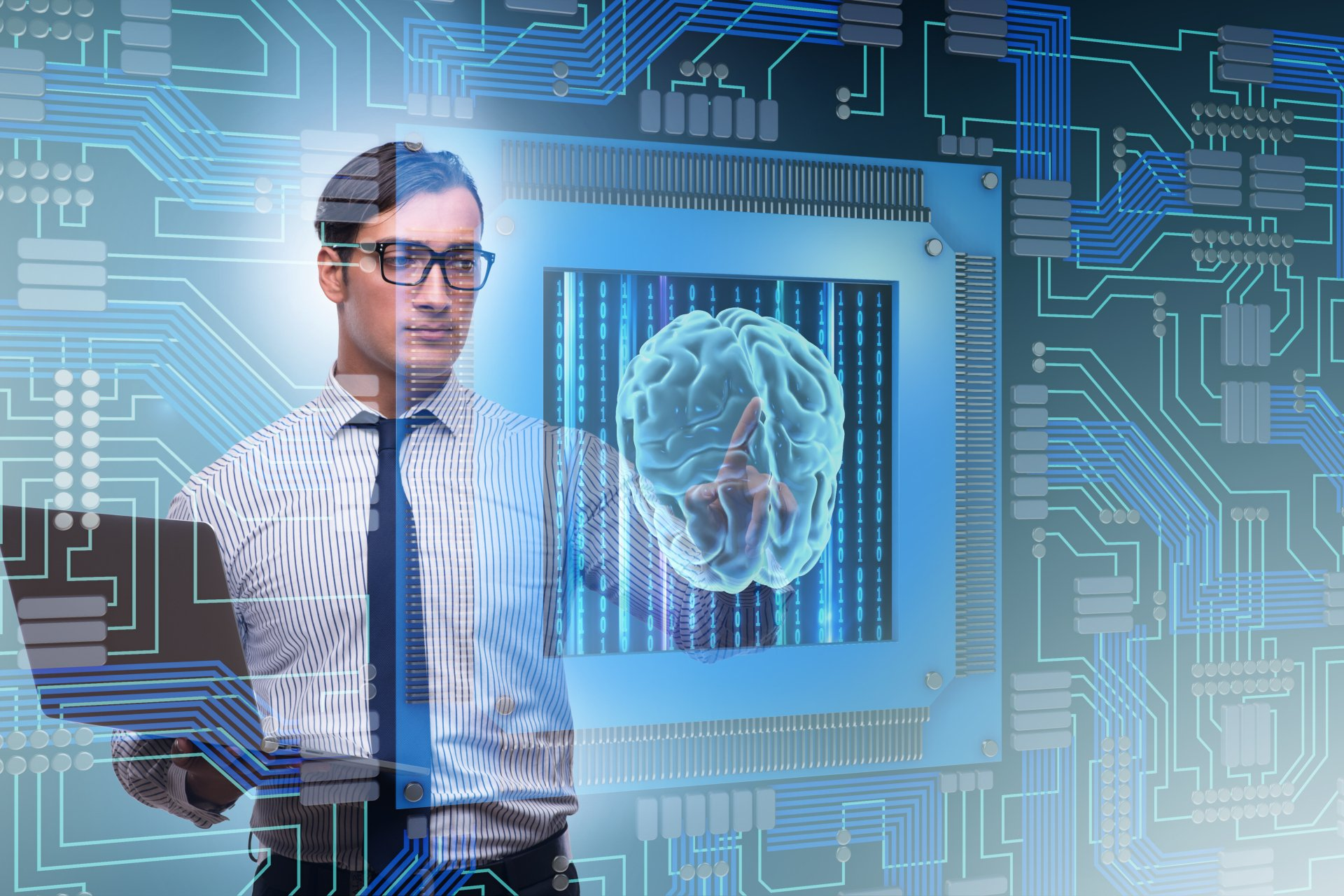Reiki - June 2020
Julie Cunningham, PMHNP, MBA
What is Reiki
Reiki is a form of hands on healing, with its origins in India and the East dating back many thousands of years to the time before Christ and Buddha. The original name, disciplines and techniques of Reiki were lost due to the traditional method of passing knowledge from generation to generation by word of mouth. Exactly when this ancient art of healing disappeared is difficult to determine. However, we do know that it was rediscovered by a Japanese Scholar and monk name Dr. Mikao Usui. It was in fact Dr. Usui who fashioned the name REIKI.
Reiki is a two syllable Japanese word meaning universal life force. Although the proper Japanese pronunciation is RYE-KEY, it has been westernized to RAY-KEY. Rei means universal, omnipresent – present everywhere at the same time. Esoterically Rei means spiritual consciousness, the omniscient wisdom from God or the higher self. Ki is the non-physical vitality that gives life to all living things. Many cultures understand and recognize the importance of Ki energy and how it impacts our lives and well-being. Ki energy can be activated for the purpose of healing. When you feel healthy and full of enthusiasm, the flow of Ki energy in your body is high and unencumbered. Life seems easier to deal with and you have a higher resistance to illness and disease. However, when your Ki energy is low from stress, unhappiness or tiredness, you will be more susceptible to disease and sickness. Your attitude will be generally negative and you will find it difficult to deal with life’s challenges. Ki is the very essence of the soul; it leaves the body when a person dies.
Reiki is holistic and works on the body, mind and spirit by stimulating a person’s own natural healing abilities. The blocked emotional and physical elements that lead to illness and disease are cleared. Reiki is neither positive nor negative; it is in fact the highest and most profound vibration of life. Divine in origin, it allows us all to become one with all things alive in our world. Reiki is pure, unconditional love and joy, bringing all who experience and embrace its principles together in harmony. The skills and techniques associated with Reiki are simple and easy to learn. Small children and adults can equally comprehend and incorporate this ancient form of healing into their lives. Regular contact with Reiki will bring the recipients mind, body and spirit into balance.
How Reiki Works
The human body is made up of over 50 trillion cells. Each cell contains omniscient wisdom and is connected to the universe and every living thing within it. A good analogy is to think of the universe as a huge ocean of water. Every living thing within that ocean is like a tiny droplet. Together these droplets make up, and are part of, Reiki- The Universal Life Force. Reiki is part of our genetic structure. An in-built intelligence that energizes the mind, body and spirit. Reiki stimulates growth, health, life and healing.
Unfortunately, bad habits and poor choices result in the flow of Reiki being stifled. It is important to note that Reiki cannot be destroyed. It is said, even when we die and the life force leaves our body, it continues to exist as part of the universe. Through neglect and ignorance, we abuse this vital component of life. When the mind, body and spirit are in harmony the biological intelligence that governs the body’s resources and allows it to heal itself and function correctly are intensified. Reiki is the key that unlocks the body’s optimum capabilities. There are seven main energy centers in the body that control the flow of the universal life force. They are called the Chakras. Each chakra is responsible for supplying energy to specific parts of the body. When they are blocked or clogged the body becomes sick and the flow of energy is diluted. A full Reiki treatment reopens the chakras and re-balances the flow of the universal life force around the body. This will stimulate the body’s immune system and natural healing abilities. Normally, the body will begin by cleansing itself of toxins. As the poisons are removed, the body becomes re-balanced and the healing process can begin. Many cultures have developed techniques and disciplines that stimulate the flow of KI energy around the body. However, Reiki is the easiest to learn and administer. The techniques are simple to master. The results may be profound.
At Holistic Psychiatric Health, we offer Reiki sessions, as well as Reiki Level 1, 2 and Master Teacher certification classes. During a certification class you will learn about the Chakra system, as well as the history of Reiki, reasons for use and specific Reiki symbols and techniques. You will leave with a Reiki certification and will be able to practice using Reiki on others as well as yourself.
If you want to learn more about Reiki, would like a Reiki session or are interested in becoming Reiki certified feel free to give us a call.
Julie Cunningham, PMHNP, MBA

Hypnosis Hypnosis has been researched for over a century and a lot has been learned about what hypnosis is and how it works. Hypnosis may be useful in treating a variety of issues such as anxiety, depression, weight loss, quitting smoking, phobias, public speaking, low self-esteem, surgical recovery, attention and focus, and pain. You might be asking yourself, “But what exactly is hypnosis and how does it work?” Per the American Psychological Society, the definition of hypnosis is “A state of consciousness involving focused attention and reduced peripheral awareness characterized by an enhanced capacity for response to suggestion.” (APA, 2014) There have been multiple famous people who have used hypnosis to improve their lives, including Samuel Jackson, Ben Affleck, Sean Connery, Whoopi Goldberg, Julia Roberts, Martha Stewart, Mel Gibson, Bruce Willis, Daryl Hannah, Jessica Alba, Kelly Rippa and many more. While in a state of hypnosis, attention is affected and will be focused on the suggestions the hypnotist offers rather than other things that may be going on around us. Also, suggestions given by the hypnotist are received more strongly and effortlessly, and are phrased in a positive connotation. A hypnosis session would start with an induction- an invitation for someone to enter hypnosis- and will typically involve instructions and suggestions for relaxation to help someone to become hypnotized. With practice, a hypnotic state becomes easier and may be achieved more quickly. The term hypnotizability describes an individual’s ability to become hypnotized. For some it is relatively easy to become hypnotized while for others there is more resistance. A persons’ readiness for hypnosis is one factor that may determine ones hypnotizability. Once in a hypnotic state, the subconscious level of the mind is in a state of hyper-suggestibility and deep relaxation, where the patient becomes highly responsive to suggestions. At this time, the hypnotist will offer suggestions in order to help reach your goals for the visit. For example, if someone with a painful leg is hypnotized they may feel focused and relaxed. It is not until they are given a suggestion such as "your leg is beginning to feel numb and insensitive" that they start to experience pain relief. The same is true for other types of suggestions too. Suggestions can be direct, as in the previous example, or they can be indirect such as "you might begin to notice changes in how your leg is feeling". Once the hypnotist has completed giving the suggestions, they will gently bring you out of hypnosis through verbal instruction. The study below further explains hypnosis, its uses and effectiveness, as well as brain changes that occur during hypnosis. A Study: Dr. David Spiegel at the Stanford University School of Medicine has been studying hypnosis since 1972 and has made vast contributions to the science of hypnosis through his research. David Spiegel, M.D., is professor and associate chair of psychiatry and behavioral sciences at Stanford University. He has extensive study and research related to the effects of hypnosis related to cancer pain and found that self-hypnosis exercises as part of a group therapy experience had a direct effect in altering the patient’s perception of pain. In addition to his work with cancer, Spiegel has studied how hypnosis can be used in other applications including: 1) How hypnotic visual illusion alters color processing in the brain 2) How hypnosis can help with the modulation of gastric acid secretion 3) How hypnosis can reduce stress during an invasive medical procedure. Through research, Dr. Spiegel wanted to uncover that since hypnosis was a change of state, there must also be some type of change in the brain, and there must be a way of seeing this change. In 2016, he gathered a team of researchers and conducted a study to prove their suspicion. The study was called “Brain Activity and Functional Connectivity Associated with Hypnosis”. The purpose of the study was to try to identify changes in brain activity during the hypnotic state. From a group of 547 people, Spiegel and his colleagues chose 57 subjects – 36 with high hypnotizability and 21 with low hypnotizability. Both groups were subjected to a series of fMRI (functional magnetic resonance imaging) scans under the same 4 conditions: 1) while resting 2) when recalling a memory, 3&4) during two different hypnosis experiences guided by pre-recorded instructions. Results: Researchers noticed there were brain changes happening to the first set of highly-hypnotizable people, which were: 1) A drop in activity in the dorsal anterior cingulate (the part of the brain that’s stimulated when you’re worried) 2) An increase in connectivity between certain areas of the brain, specifically the dorsolateral prefrontal cortex or DLPFC (a part of the brain responsible for planning and organization) and the insula (a part of the brain designed to help regulate body functions) 3) A decrease in connectivity between certain areas of the brain, this time between the DLPCF and part of the brain concerned with self-reflection. This explains why people are less inhibited while in a hypnotic trance, and how it is possible to increase someone’s self-esteem using only the power of suggestion. Conclusion: Dr. Spiegel believes that what we’re seeing is a kind of rewiring of the brain. That makes sense when you consider his findings. For example, if highly-hypnotizable people are indeed more relaxed and worry-free, then that might explain why hypnosis is such a powerful tool in the relief of stress and anxiety. If there is indeed a stronger connection between the brain and the body during hypnosis, then that might explain how it is possible to control or even eliminate pain using only hypnosis to fight it off. If highly-hypnotizable people become less inhibited while in a hypnotic trance, that might explain how it is possible to increase someone’s self-esteem using only the power of suggestion. According to Spiegel, it’s likely that people who are highly-hypnotizable will have had some kind of traumatic experience early in their life. These experiences naturally create a certain amount of stress, and the way a person deals with that stress could lead to a rewiring of the brain as a result of some connections being strengthened, while others are weakened. He also believes that people who were read stories by their parents, and have made good use of their imagination in other ways while growing up, appear to be more hypnotizable as adults. Of course, this one study is not enough to nail things down one way or the other. There needs to be a lot more research done that duplicates Spiegel’s findings. What his work does mean is that we’re finally beginning to understand what’s happening inside the brain during hypnosis. You may find more information on this study at the following link: Click here If you are interested in the many benefits of hypnosis feel free to contact me for a consult. Julie Cunningham, PMHNP, MBA





